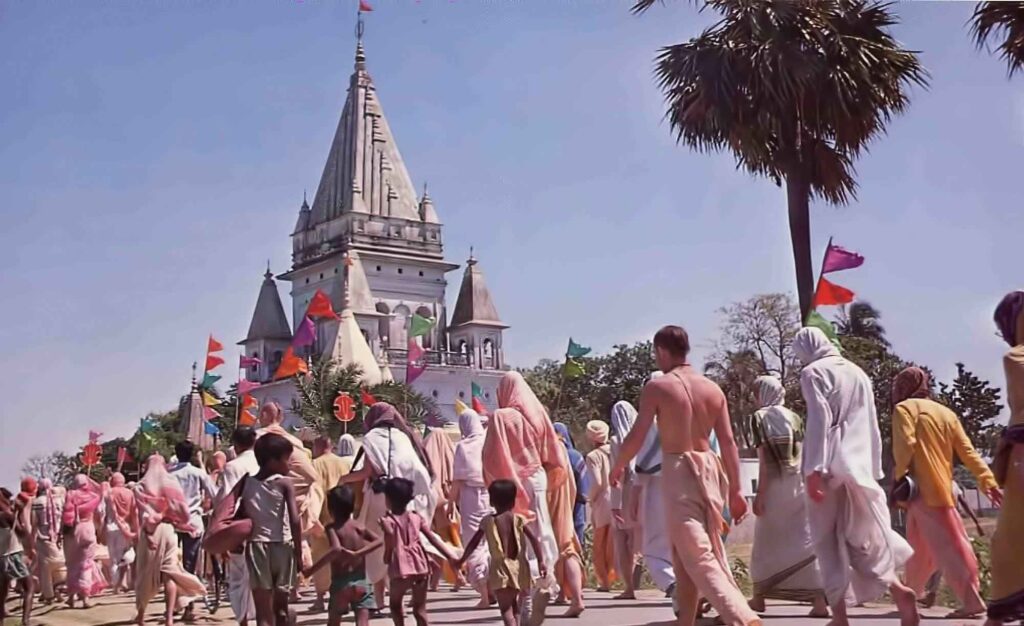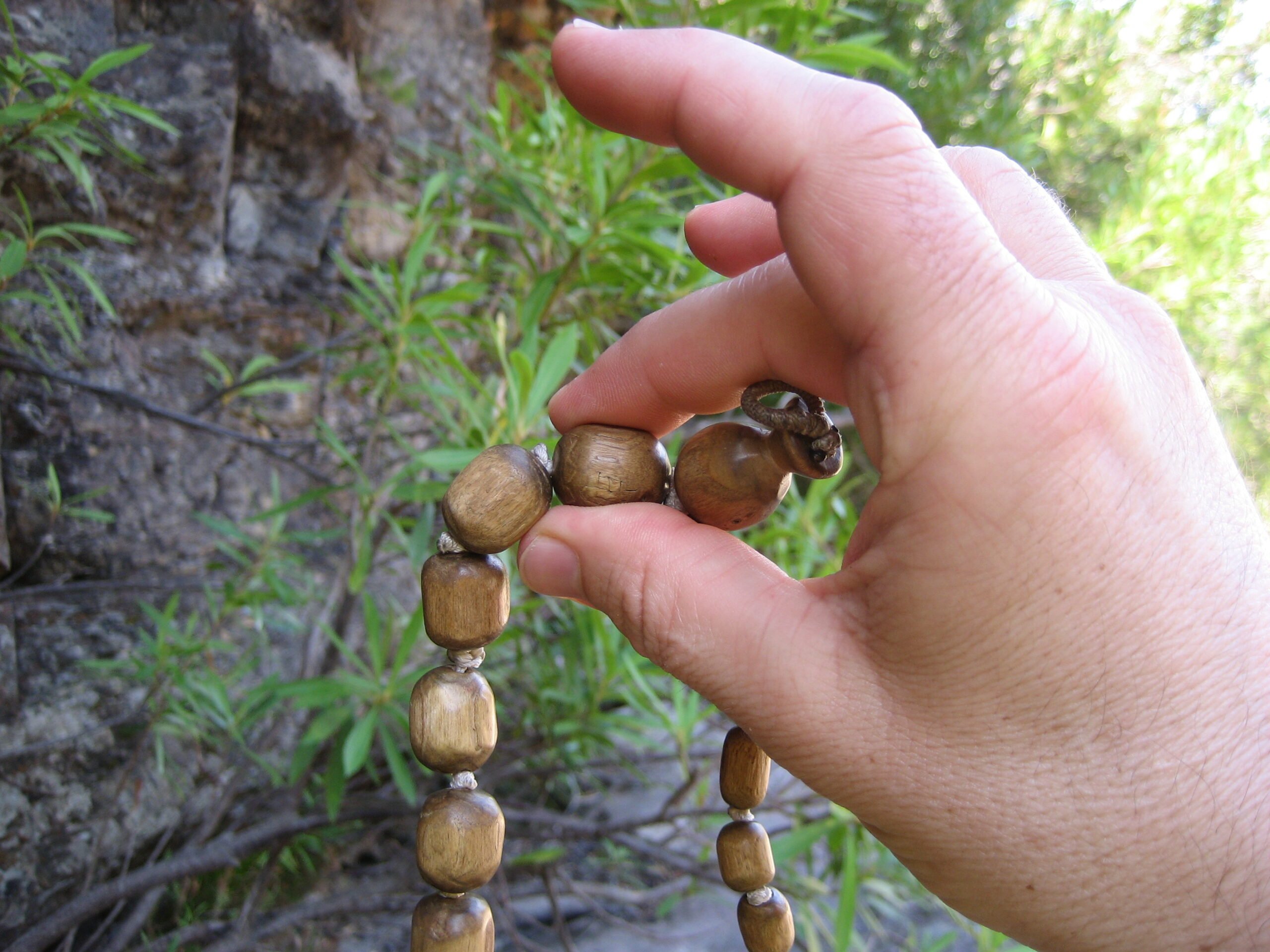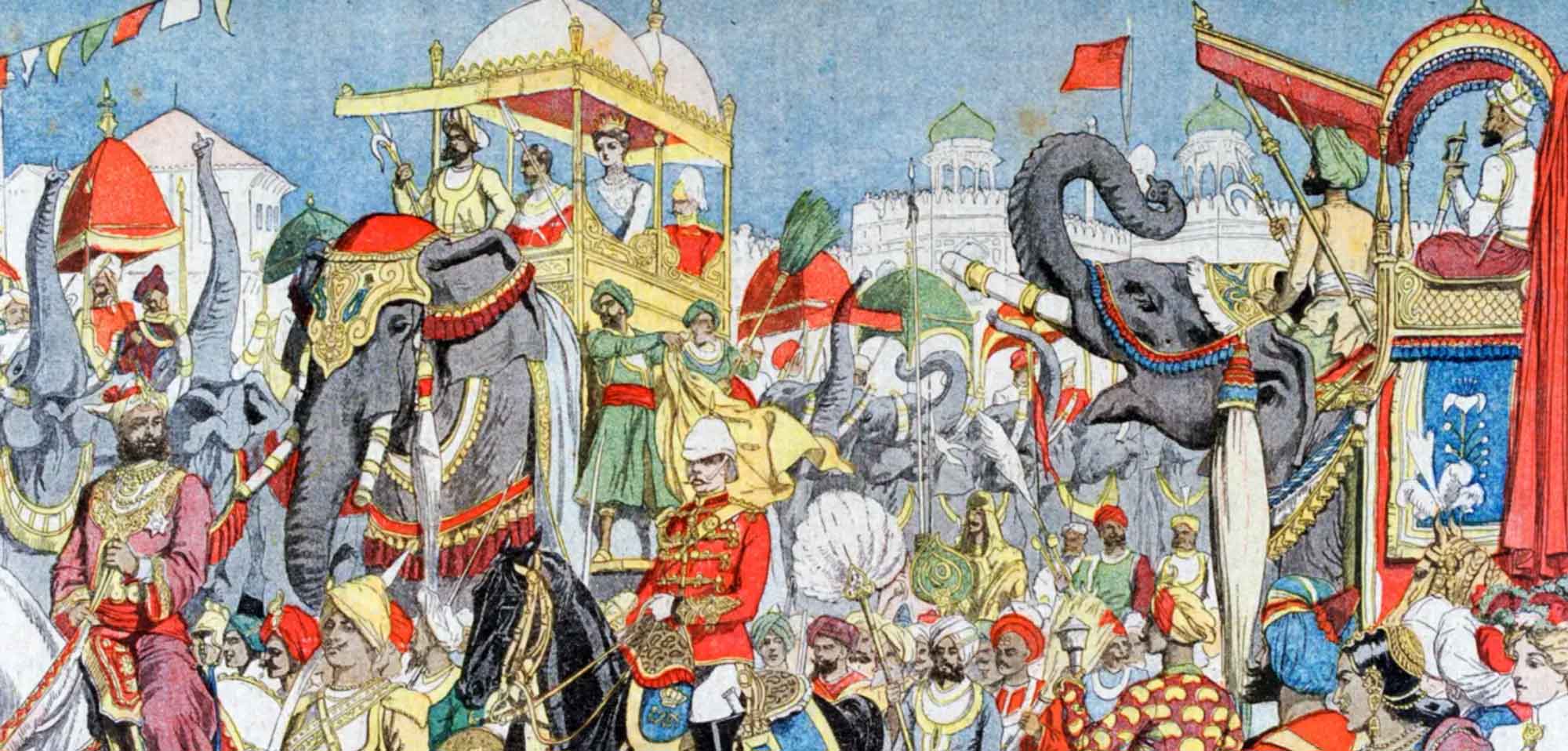Overview
'Vairāgī Vaiṣṇava-digera Caritra Viśeṣataḥ Nirmala Hauyā Cāi (The Characters of Renounced Vaiṣṇavas Need to be Especially Pure)' was first published in Sajjana Toṣaṇi, Vo.5. issue 10 in 1893. Herein, Śrīla Bhaktivinoda Ṭhākura writes about the necessity of renounced Vaiṣṇavas and ācāryas to be of spotless character.
(translated by Swami B.V. Giri)
Śrīman Mahāprabhu has given such advice. According to this advice, all Vaiṣṇavas should purify their own characters. Specifically the renounced Vaiṣṇavas should be especially careful in this regard.
śukla-vastre masi-bindu yaiche nā lukāya
sannyāsīra alpa chidra sarva-loke gāya
(“A black spot of ink on a white cloth cannot be hidden. Even a small defect in a sannyāsī is spoken about by everyone.”– Caitanya-caritāmṛta, Madhya-līlā 12.51)
prabhu kahe pūrṇa yaiche dugdhera kalasa
surā-bindu-pāte keha nā kare paraśa
(“The Lord said, “Even if a pot is full of milk, nobody will touch it if one drop of wine enters it.”– Caitanya-caritāmṛta, Madhya-līlā 12.53)
Vaiṣṇavas are of two types, householders and renunciates. Mantrācārya gosvāmīs (those gosvāmīs who are initiating gurus) and all householders who have received Bhagavān’s mantra are Vaiṣṇavas. They are gṛhastha Vaiṣṇavas. Those who become Vaiṣṇavas by accepting bhek (the robes of a mendicant) are sannyāsī Vaiṣṇavas. Be it a Vaiṣṇava householder or a sannyāsī, they are all worshippable. Be it a Vaiṣṇava brāhmaṇa or a caṇḍāla, they are all revered. This is why Vaiṣṇavas can be called jagad-gurus. As Vaiṣṇavas are superior jīvas, their character must be just as high, and worthy of emulating. If the character of a Vaiṣṇava is bad, how will other weak jīvas learn to purify themselves? Considering all these, firstly, the respectable mantrācārya gosvāmīs must take special care that their own characters are spotless. Another’s women, another’s wealth, another’s property – they should never covet all these things. Those who are truly Vaiṣṇavas, naturally, never engage in these activities. Hypocritical ascetics and vaiḍāla-vratīs* commit various vices while accepting the post of mantrācāryas. It is the duty of gurus to love their disciples as if they were their own children. You should not become impeded by the lust for wealth. You should see the families of disciples with pure eyes as if they are your own daughters. Ordinary household Vaiṣṇavas should always be of pure character, earning money by honest means and taking care of Kṛṣṇa’s family. Offer due respect to the mantrācāryas. Treat your close neighbours as brothers by giving them good advice and help. If a Vaiṣṇava who has accepted the garb of a renunciant is pure, he should be properly treated with Vaiṣṇava hospitality. If you have time, you should discuss Vaiṣṇava śāstra. Renounced Vaiṣṇavas should perform mādhukarī by begging in order to maintain the body. They should not have connections with any women. Considering that a woman is equal to a king and a cobra, the association of these three must be cast far away.
Although all types of Vaiṣṇavas must be of good character, the teaching of Mahāprabhu is that renounced Vaiṣṇavas in particular should especially follow proper conduct. Renounced Vaiṣṇavas have left their family and accepted sannyāsa, so it is a great pity if any kind of fault can be found in their character.
Due to the faults of some renunciates, nowadays the Vaiṣṇava renunciates have been condemned. If is our wish that the pure Vaiṣṇava renunciates will always be ready to immediately reject the company of fallen mendicants and give true instructions to the world. The number of fallen renunciates is increasing day by day. They need to be completely isolated.
Renounced Vaiṣṇavas are naturally rare. Why renounce the pleasures of family life? If one cannot constantly chant hari-nāma while keeping proper conduct, then the position of a renunciate will not be kept pure. Therefore, if the number of Vaiṣṇava renunciates increases, it must be ascertained that some evil work of Kali is transpiring. The reason why the number of renunciates is increasing nowadays is because, at the time of their accepting the renounced order, there is no deliberation on their qualification. When an unqualified person if given the garb of a mendicant, what will happen in the end? If there is no general attention given to this subject, then Vaiṣṇava dharma will not be protected.
*Translators Note: ‘Those who have taken the vows of a cat’ – 0ne who appears virtuous, but is greedy, cruel and envious.













